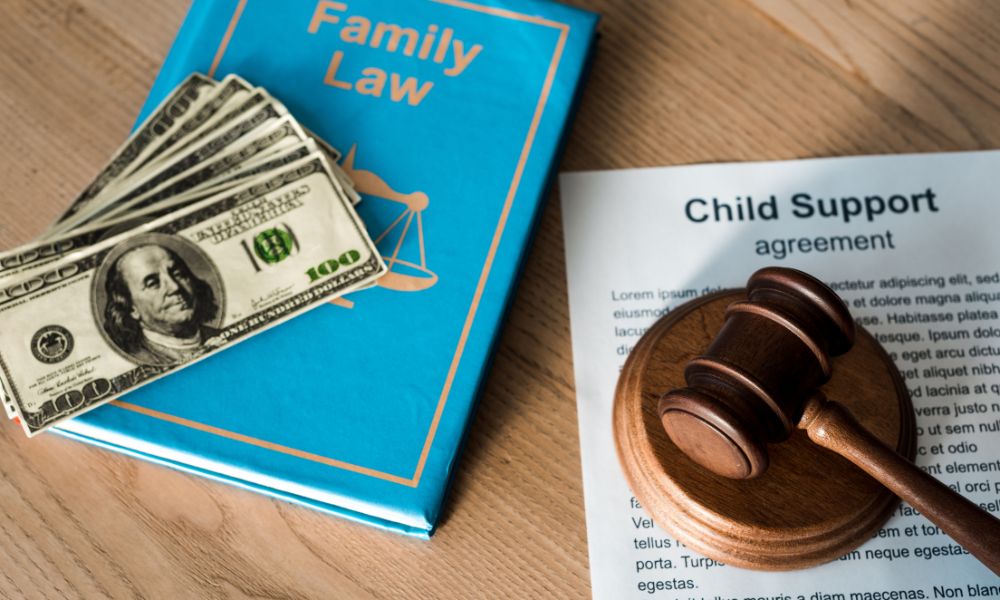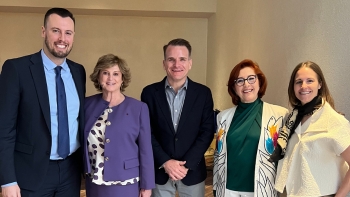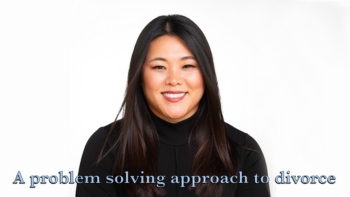On January 1, 2018, the Uniform Collaborative Law Act (“UCLA”) was enacted in Illinois. This means that divorcing couples, who want to preserve their relationship, protect their children and maintain privacy can contractually bind each other to resolve their divorce outside of the courtroom by choosing to use the Collaborative Divorce Process.
Pursuant to the UCLA, parties officially enter the Collaborative Divorce Process by signing a uniform contract called the “Participation Agreement”. As promulgated by Section 15(a)(4) of the UCLA, this contract, which I have had the honor and privilege of drafting with an esteemed committee of local Collaborative practitioners, specifically requires that in the event the parties terminate the Collaborative Divorce Process, they must discharge their Collaborative lawyers and professionals and obtain new counsel. The disqualification provision is the heart of the Collaborative dispute resolution model because it completely changes the divorce negotiations from one of positional bargaining (i.e. traditional litigation) to a series of transactions based solely on the goals and interests of the parties and their children (i.e. interest-based negotiations). Thus, the signing of this Agreement by the parties empowers the parties and their trained Collaborative team to create win-win solutions and dissuades the parties from running into court to ask a judge to order a result.
While the UCLA specifically states that the parties must discharge their Collaborative Lawyers in the event of a failed or terminated Collaboration, it does not specifically mandate that the lawyers must excuse themselves as the Collaborative lawyers are not parties to the Participation Agreement. As a result, the possibility exists that after a failed Collaboration, one or both of the “Collaborative” attorneys could potentially later argue to stay on as the litigation attorneys. If so, this maneuver could precipitate expensive litigation over the enforceability of the Participation Agreement and whether the restriction on the parties extends to the lawyers. If the family has limited resources, that lawyer may be allowed to (improperly) stay in as litigation counsel. Moreover, if the issue is litigated, there is a chance that a Judge could decide to not enforce the Participation Agreement or the parties to that agreement could mutually consent to lift this vital restriction.
This gap in the Act cuts against the very purpose of this tested dispute resolution process. In order for the Collaborative process to work, the parties deserve to be able to count on their Collaborative lawyers to be “all in” during the process, knowing that they will need to step aside if, for whatever reason, the process fails or terminates. Parties who wish to enter the Collaborative process should feel safe in knowing that their chosen process is going to be honored and respected so that they may maximize the possibility of resolving their divorce out of court.
All of this unnecessary risk to the parties could easily be avoided with a Supreme Court Rule that governs what a lawyer in the Collaborative Process must do. Without this rule to govern Collaborative counsel, there is a potential risk that could undermine the very purpose of the Collaborative Process and the benefits it confers on discerning divorcing parties.
The Illinois Supreme Court is the governing body that holds lawyers accountable. To further this effort, my colleagues and I presented this issue and a proposed rule to the Illinois Supreme Court Committee on Professional Responsibility. Speaking on behalf of Collaborative practitioners in Illinois, it is our collective hope that our Supreme Court takes the necessary steps to protect the gap in the UCLA and thereby preserve the heart of the Collaborative Process.




